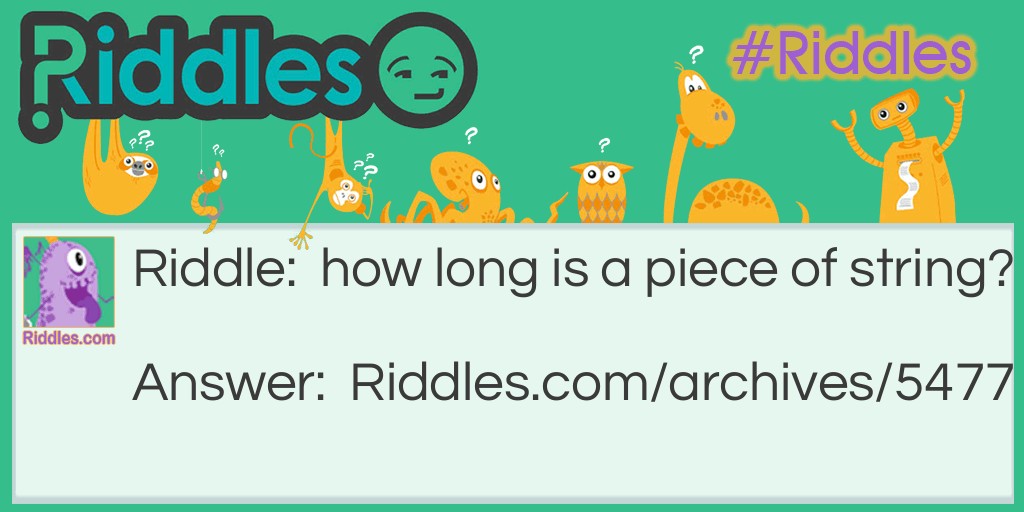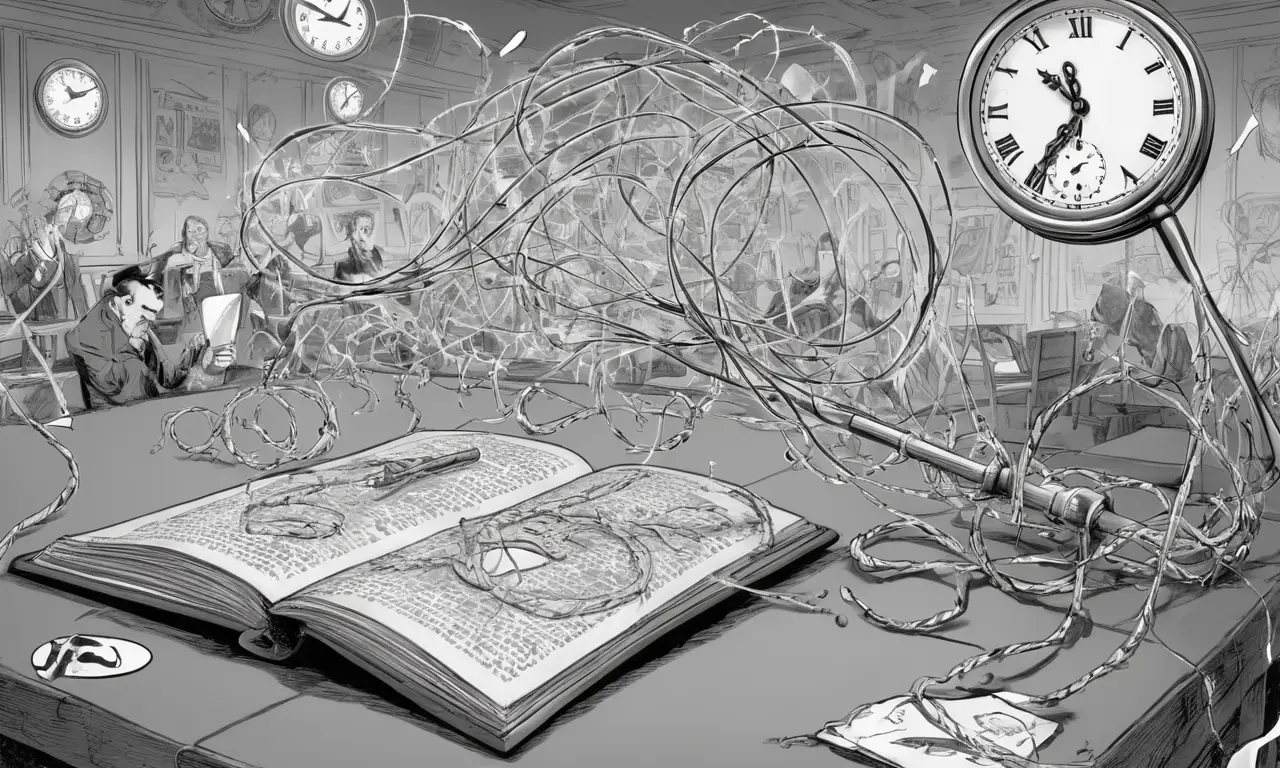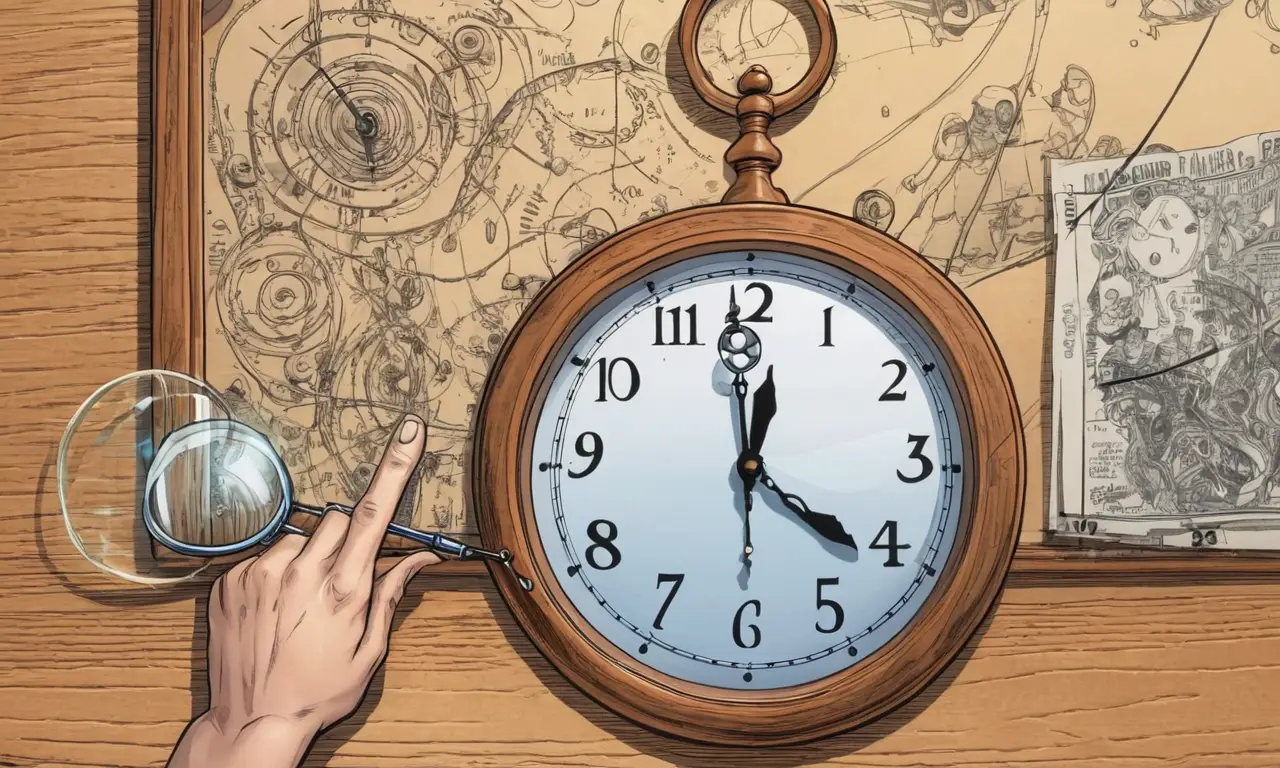
The how long is a piece of string riddle has been perplexing people for generations. It’s a seemingly simple question that, upon closer examination, reveals a profound truth about the nature of measurement and perception. This article delves into the intricacies of this classic brain teaser, exploring its meaning, the factors that influence our understanding of length, and why it continues to captivate our minds.
This exploration will begin by dissecting the riddle itself, highlighting its inherent ambiguity. We’ll then examine the concepts of subjectivity and context in measurement, demonstrating how these elements shape our perception of length. Furthermore, we’ll analyze the various factors that can influence our judgment of a string’s length, from visual cues to personal experiences. Finally, we’ll conclude by reflecting on the enduring legacy of this timeless brain teaser.
The Riddle Explained
At its core, the how long is a piece of string riddle poses a question without a definitive answer. There is no single, universally accepted measurement for the length of a “piece of string” because the term itself lacks specificity. What constitutes a “piece of string”? Is it a thin thread, a thick rope, or something in between? The riddle deliberately avoids providing this crucial information, forcing us to confront the limitations of language and measurement.
The absence of concrete parameters highlights the inherent subjectivity of the question. Different individuals may perceive the same piece of string as having varying lengths based on their own experiences, expectations, and even moods. This ambiguity underscores the fact that measurement is not always an objective process; it can be influenced by a multitude of factors beyond the physical properties of the object being measured.
Ambiguity and Subjectivity

The how long is a piece of string riddle thrives on ambiguity and subjectivity. It challenges our assumptions about the nature of truth and knowledge, demonstrating that certain questions may not have clear-cut answers. This inherent uncertainty can be both frustrating and thought-provoking, prompting us to reconsider our reliance on absolute definitions and measurements.
Subjectivity plays a crucial role in shaping our perception of length. Our personal experiences, cultural backgrounds, and even our current emotional state can influence how we interpret the size of an object. For example, someone who has recently handled a long piece of rope may perceive a shorter string as longer than someone who has not had such an experience.
Measurement and Context
The how long is a piece of string riddle also sheds light on the importance of context in measurement. The perceived length of a string can vary depending on its intended use or the surrounding environment. A string used to tie a shoelace may seem short, while the same string used to measure the circumference of a tree would appear significantly longer.
Contextual factors can also influence our perception of length. For instance, if we are presented with a string alongside other objects of varying sizes, our judgment of its length will be influenced by those comparisons. Similarly, the surrounding environment can affect our perception; a string may appear longer in a spacious room than in a cramped closet.
Factors Influencing Perception

Several factors can influence our perception of a string’s length, including:
Visual Cues
- Line thickness: A thicker string may appear longer than a thinner one of the same actual length.
- Color contrast: A string against a contrasting background may appear longer or shorter depending on the colors used.
- Perspective: Our viewing angle can affect how we perceive the length of a string, especially if it is curved or angled.
Personal Experiences
- Previous encounters with strings: Our past experiences handling strings of different lengths can influence our current judgments.
- Cultural norms: Different cultures may have varying standards for measuring and perceiving length.
Psychological Factors
- Attention span: Our level of focus can affect how accurately we estimate the length of a string.
- Emotional state: Our mood or emotional state can influence our perception, potentially leading to overestimation or underestimation of length.
Classic Brain Teaser
The how long is a piece of string riddle has become a classic brain teaser, often used to illustrate the complexities of language, measurement, and human perception. Its enduring popularity stems from its ability to spark curiosity, challenge assumptions, and encourage critical thinking.
This timeless riddle continues to be shared and debated across generations, serving as a reminder that even seemingly simple questions can hold profound philosophical implications. It encourages us to embrace ambiguity, recognize the subjectivity of our experiences, and appreciate the multifaceted nature of knowledge.
Conclusion
The how long is a piece of string riddle is more than just a playful question; it’s a thought-provoking exploration of measurement, perception, and the limitations of language. By highlighting the inherent ambiguity and subjectivity involved in determining length, the riddle challenges us to consider the factors that shape our understanding of the world around us. Its enduring legacy lies in its ability to spark curiosity, encourage critical thinking, and remind us that sometimes, the most profound insights come from embracing the unknown.
